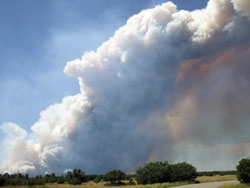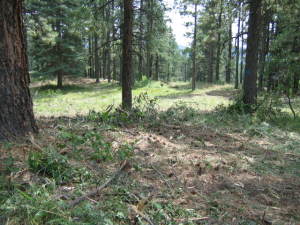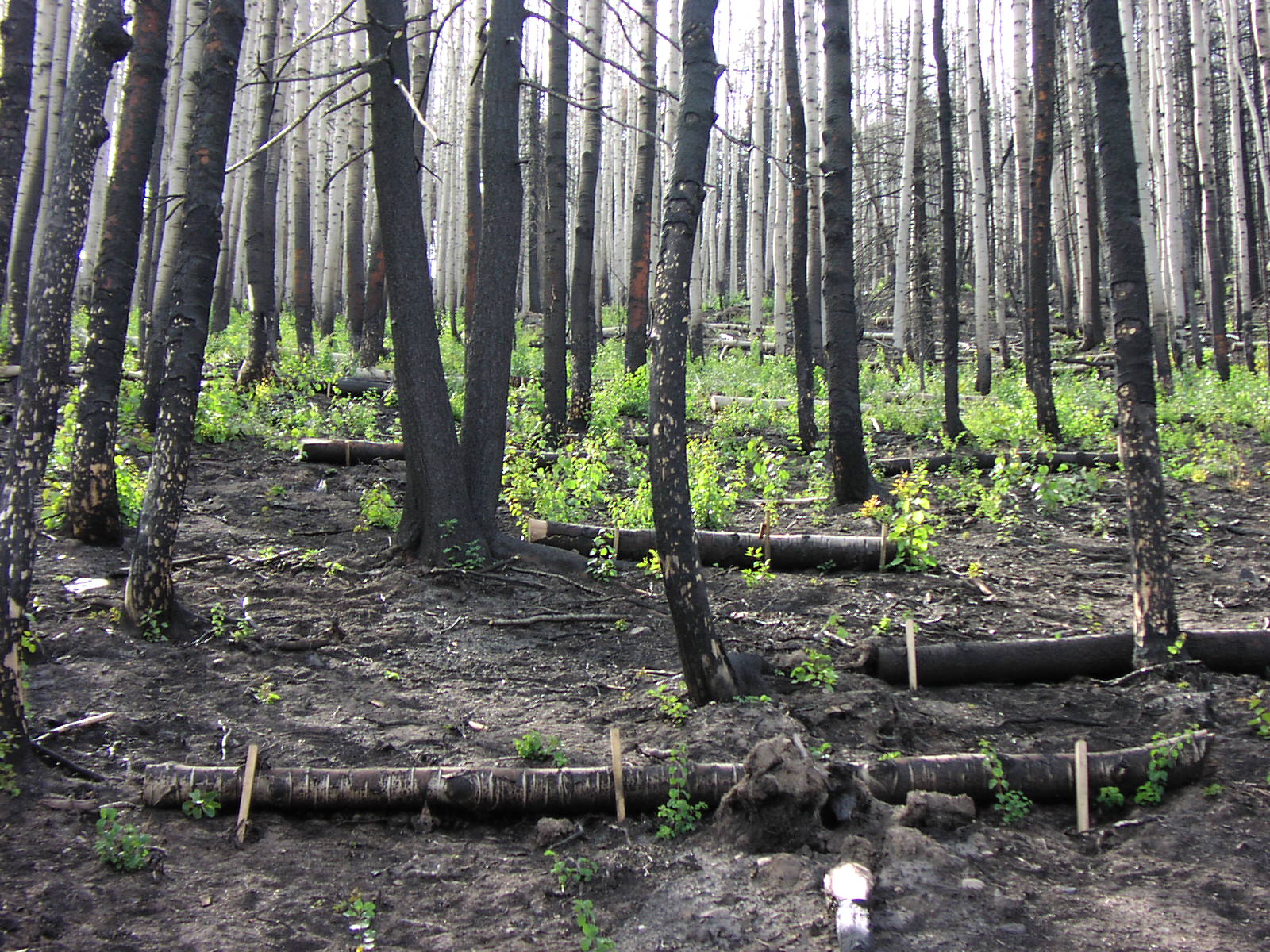Durango Field Office – Wildfire Mitigation & Education
Fire is a natural process that provides ecological benefits. Hazards to life and property exist when a fire occurs and where conditions are conducive for the fire to grow. Land managers and homeowners can take preventive measures to reduce the occurrence of catastrophic wildfires.
Overview

Efforts to suppress fires are intended to reduce threats to life and property. The effect of fire on your property is partially determined by what you have done to affect fire’s behavior and by what your neighbors have done.
Although we all like to think the fire will be somewhere other than on our own property, fire is a part of forest ecology. It’s not a matter of if it happens, but when it happens. Low-intensity fires reduce fuel buildup on the forest floor, thus helping prevent susceptibility to insect infestations and disease outbreaks. Additionally, fire helps recycle nutrients back into the soil and creates a fertile environment for seeds to germinate. Forest fires can enhance wildlife habitat and improve access and appearance.
Excessive fire suppression and fuel buildup have negative impacts on forest health and the humans and wildlife that inhabit the area. However, land managers and homeowners can take preventive measures to reduce the occurrence of catastrophic wildfires. Such actions include clearing dead and downed materials, thinning tree stands and removing other hazardous fuels. Allowing naturally occurring fires to burn without interference or applying fire through prescribed burning can help prevent intense crown fires and maintain a healthy forest.
 |
 |
The wildland-urban interface, or WUI, is any area where man-made improvements are built close to, or within, natural terrain and flammable vegetation. During the past few decades, population in the interface has increased. Homes, businesses, and subdivisions are being built on forested lands that have historically seen regular fires, and even need them to remain healthy.
Protect your Home, Property and Forest
Homeowners can take steps to protect their property and help alleviate the spread of wildland fires. Preventive measures include clearing excess fuel, creating defensible space around their homes and using FireWise practices.

Due to the arid climate and fire-dependent forests in Colorado, many homeowners and landowners may be particularly vulnerable to wildfires. It is important to keep this threat in mind when buying or building a home. Two factors have emerged as the primary determinants of a home’s ability to survive wildfires: choosing fire-resistant roofing material and creating a wildfire defensible zone. Fire-resistant roofing material should be rated class C or higher when building a home in, or near, forests or grasslands. Avoid flammable materials such as wood or shake shingles.
When creating a defensible zone, choose vegetation wisely. Maintain a greenbelt (irrigated, if possible) immediately around your home with grass, a flower garden and/or fire-resistant ornamental shrubbery. An alternative is rock or other non-combustible material that may be preferable if your home is constructed with wood or other flammable materials. Avoid using bark or wood chip mulch in this zone.
For more information about preparing your home for wildfire and creating defensible space, view our Home Ignition Zone Guide (2.7 MB PDF).
Community Wildfire Protection Plans (CWPP)
A CWPP brings together diverse local interests to discuss their mutual concerns for public safety, community sustainability and natural resources.
For more information about CWPPs and local CWPPs by county, click here. For more information in the Durango area, visit the Wildfire Adapted Partnership website.
Post-Fire Rehabilitation
CSFS assists affected landowners with wildfire rehabilitation plans following wildfire events. These plans outline structural erosion control measures and suggest needed re-vegetation to assist the land healing process. CSFS also can help conduct a salvage sale of any fire-damaged timber. Many rehabilitation plans are implemented with cost-share assistance.
 |
 |
Learn more about post-fire rehabilitation
Fire Training
Colorado Wildland Fire & Incident Academy
The Colorado Wildland Fire & Incident Management Academy has become the place for Colorado (now national and international) wildfire agencies to receive nationally qualifying wildfire training.

